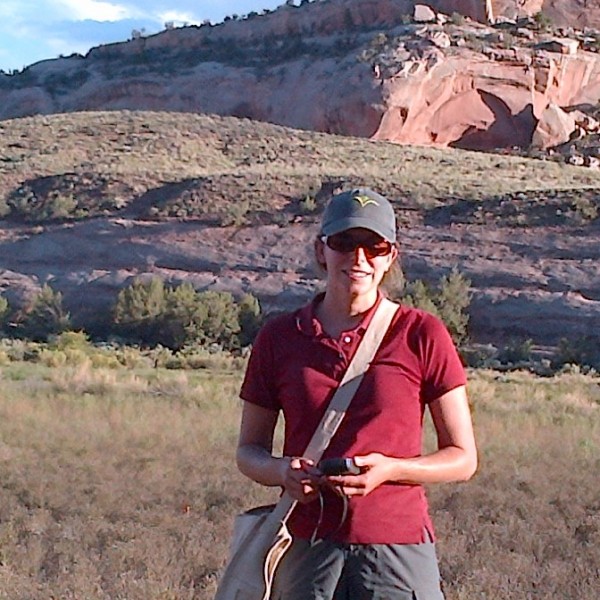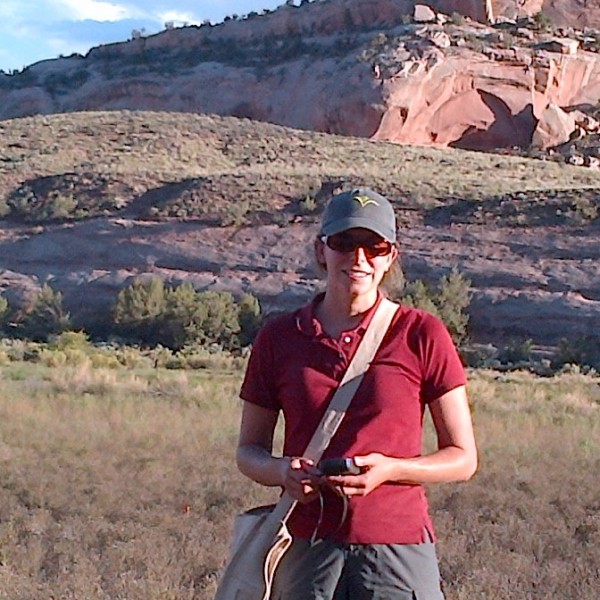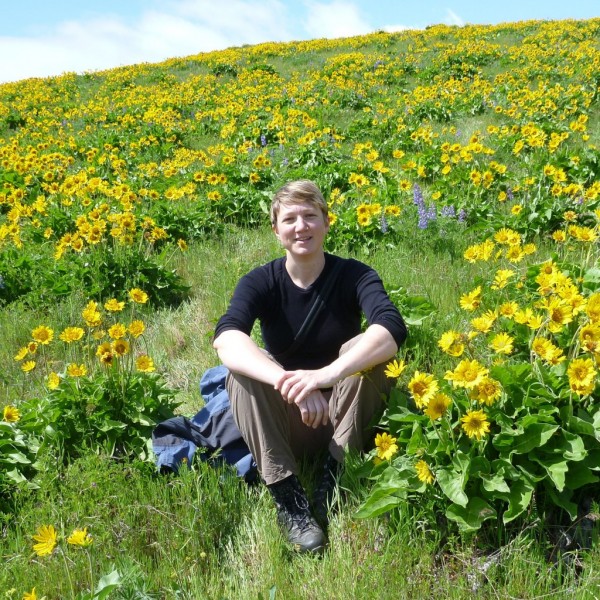
Genetics for good: helping to conserve a rare plant in the Pacific Northwest 2014
Chicago Botanic Garden, genetics lab
Ecology, Genetics
Plant genetics involve more than GMO crops and gene splicing! Native plants have genes, too, and they could mean the difference between a population's survival and extinction. Our research looks for possible genetic divergence between wild and reintroduced populations of Castilleja levisecta, or golden paintbrush. Golden paintbrush is a small, charismatic, hemiparasitic plant that historically grew in the prairies of western Oregon and Washington. Extirpated in Oregon since the 1940s, current efforts for reintroduction show promise for recovery. We are currently testing microsatellite primers for this species and this summer will be carrying out DNA extraction, PCR, and analyzing the genetic structure and variation of plants from 21 populations. Our REU will work closely with conservation researchers and a graduate student, and will co-mentor a high school student in the genetics lab at Chicago Botanic Garden to answer our main questions. Does the process of growing plants in a nursery setting promote one population over others? Is this population now dominating restoration sites? Will this have an effect on the success of reintroduction? Few studies have followed genetic variability from source populations through restoration material. This research will not only directly impact reintroduction efforts of this species, but will inform restoration practitioners throughout the field.






